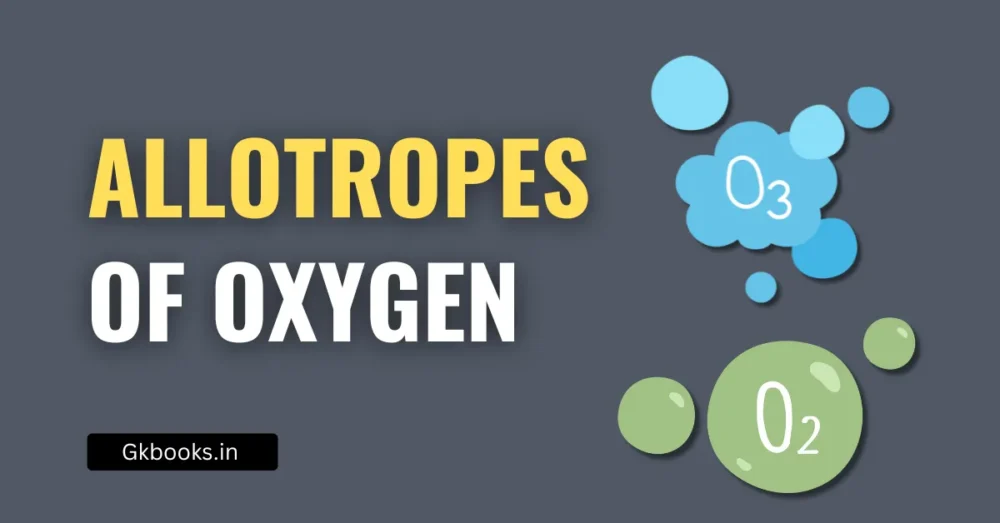Acids are one of the most important chemical substances in our daily life and industrial processes. From the sour taste of lemon to the acidic nature of gastric juices, acids play a crucial role in both biological and chemical systems.
Understanding their properties is essential for competitive exams like SSC, UPSC, RRB, and various state PSCs, where basic chemistry questions are frequently asked.
What are Acids?
◾ Definition:
Acids are chemical substances that release hydrogen ions (H⁺) when dissolved in water.
🔹Example:
Hydrochloric acid (HCl) → H⁺ + Cl⁻
◾ According to Arrhenius Concept:
Acids increase the concentration of H⁺ ions in aqueous solutions.
◾ According to Bronsted-Lowry Concept:
Acids are proton donors.
◾ According to Lewis Concept:
Acids are electron pair acceptors.
Physical Properties of Acids
◾ 1. Taste
🔹 Acids have a sour taste.
🔺 Example: Citric acid in lemon and acetic acid in vinegar.
📌 Note: Never taste a chemical in the lab to check acidity—it can be dangerous!
✔️ Also Explore: Acids Present in Fruits and Vegetables (Updated List)
◾ 2. State
🔹 Acids can exist in all three states:
- Solid (e.g., oxalic acid crystals)
- Liquid (e.g., sulfuric acid)
- Gas (e.g., hydrogen chloride gas)
◾ 3. Effect on Indicators
🔹 Acids change the color of indicators:
- Litmus: Blue to Red
- Methyl orange: Orange to Red
- Phenolphthalein: Colorless (remains unchanged)
◾ 4. Conductivity
🔹 Acids are electrolytes, i.e., they conduct electricity in aqueous solutions due to the presence of free H⁺ ions.
◾ 5. pH Value
🔹 Acids have a pH less than 7.
🔺 The lower the pH, the stronger the acid.
Chemical Properties of Acids
◾ 1. Reaction with Metals
🔹 Acids react with reactive metals (like zinc, magnesium) to produce hydrogen gas.
Equation:
Zn + 2HCl → ZnCl₂ + H₂↑
📌 Test for Hydrogen: Brings a burning splint near the gas — it burns with a pop sound.
◾ 2. Reaction with Metal Carbonates and Bicarbonates
🔹 Acids react with carbonates and bicarbonates to form salt, water, and carbon dioxide (CO₂).
Equation:
Na₂CO₃ + 2HCl → 2NaCl + H₂O + CO₂↑
◾ 3. Reaction with Bases (Neutralization Reaction)
🔹 Acids neutralize bases to form salt and water.
Equation:
HCl + NaOH → NaCl + H₂O
◾ 4. Reaction with Metal Oxides
🔹 Acids react with basic metal oxides to produce salt and water.
Equation:
2HCl + CuO → CuCl₂ + H₂O
◾ 5. Acid Dilution
🔹 When acids are diluted, always add acid to water, not water to acid.
🔺 This is to avoid violent splashing and heat generation.
Types of Acids
◾ Based on Origin
🔹 Organic Acids: Found in natural sources (e.g., citric acid, acetic acid).
🔹 Inorganic Acids (Mineral Acids): Made in labs (e.g., HCl, H₂SO₄).
◾ Based on Strength
🔹 Strong Acids: Completely dissociate in water (e.g., HCl, HNO₃).
🔹 Weak Acids: Partially dissociate (e.g., CH₃COOH).
◾ Based on Concentration
🔹 Concentrated Acid: High amount of acid in water.
🔹 Dilute Acid: Low amount of acid in water.
Uses of Acids in Daily Life and Industry
◾ Hydrochloric Acid (HCl)
🔹 Used in cleaning sanitary ware, and in the leather and dye industries.
◾ Sulfuric Acid (H₂SO₄)
🔹 Known as King of Chemicals. Used in car batteries, fertilizers, and detergents.
◾ Nitric Acid (HNO₃)
🔹 Used in manufacturing explosives like TNT and fertilizers.
◾ Acetic Acid (CH₃COOH)
🔹 Used in cooking (vinegar) and as a food preservative.
◾ Citric Acid
🔹 Found in citrus fruits; used as a flavoring agent.
Important Points for Competitive Exams
◾ The sour taste of acids is due to the release of H⁺ ions.
◾ Litmus test is the most basic method to detect acids and bases.
◾ All acids contain hydrogen, but not all hydrogen-containing compounds are acids (e.g., CH₄ is not an acid).
◾ Acids do not react with copper because copper is below hydrogen in the reactivity series.
◾ Acids corrode metals, especially iron and zinc.
◾ pH of gastric juice is around 1.5 to 3.5 due to hydrochloric acid.
Conclusion
Acids are fundamental to both theoretical and applied chemistry. From natural processes like digestion to industrial applications, their role is significant. Understanding the physical and chemical properties of acids not only strengthens your conceptual foundation but also prepares you to tackle application-based questions in competitive exams with confidence.
Here are some Important FAQs (Frequently Asked Questions) on the topic “Properties of Acids”, specifically tailored for competitive exam aspirants:
Important FAQs on Properties of Acids
Q1. What is an acid according to the Arrhenius definition?
Ans: According to the Arrhenius definition, an acid is a substance that increases the concentration of hydrogen ions (H⁺) in an aqueous solution.
Q2. Why do acids have a sour taste?
Ans: Acids taste sour due to the presence of hydrogen ions (H⁺) that stimulate the taste buds associated with sourness.
Q3. Which color change occurs when acid is added to blue litmus paper?
Ans: Blue litmus paper turns red in the presence of an acid.
Q4. What happens when an acid reacts with a metal?
Ans: Acids react with reactive metals like zinc and magnesium to produce salt and hydrogen gas.
Example:
Zn + 2HCl → ZnCl₂ + H₂↑
Q5. What is the pH range of acids?
Ans: Acids have a pH value less than 7.
- Strong acids: pH 0–3
- Weak acids: pH 4–6.9
Q6. Why should acid be added to water and not water to acid?
Ans: Adding water to concentrated acid can cause violent splashing due to an exothermic reaction. Hence, always add acid to water slowly, with constant stirring.
Q7. Name two natural sources of organic acids.
Ans:
- Citric acid – found in lemons and oranges
- Acetic acid – found in vinegar
Q8. Can acids conduct electricity? Why?
Ans: Yes, acids conduct electricity in aqueous solutions because they produce free ions (H⁺) which carry electric current.
Q9. What is the reaction between an acid and a base called?
Ans: The reaction between an acid and a base is called a neutralization reaction, which produces salt and water.
Example: HCl + NaOH → NaCl + H₂O
Q10. What happens when acids react with carbonates or bicarbonates?
Ans: Acids react with carbonates or bicarbonates to form salt, water, and carbon dioxide gas.
Example: NaHCO₃ + HCl → NaCl + H₂O + CO₂↑
Q11. Which acid is present in the stomach and what is its function?
Ans: Hydrochloric acid (HCl) is present in the stomach. It helps in digesting food and killing harmful microbes.
Q12. Is distilled water acidic or neutral?
Ans: Distilled water is neutral, with a pH of 7.
Q13. Which acid is known as the “King of Chemicals”?
Ans: Sulfuric acid (H₂SO₄) is called the King of Chemicals due to its wide industrial use.
Q14. Why don’t acids react with all metals?
Ans: Acids only react with metals that are more reactive than hydrogen in the reactivity series.
Metals like copper and silver do not react with dilute acids.
Q15. Can you name a few weak acids?
Ans:
- Acetic acid (CH₃COOH)
- Formic acid (HCOOH)
- Carbonic acid (H₂CO₃)
These acids only partially dissociate in water.







